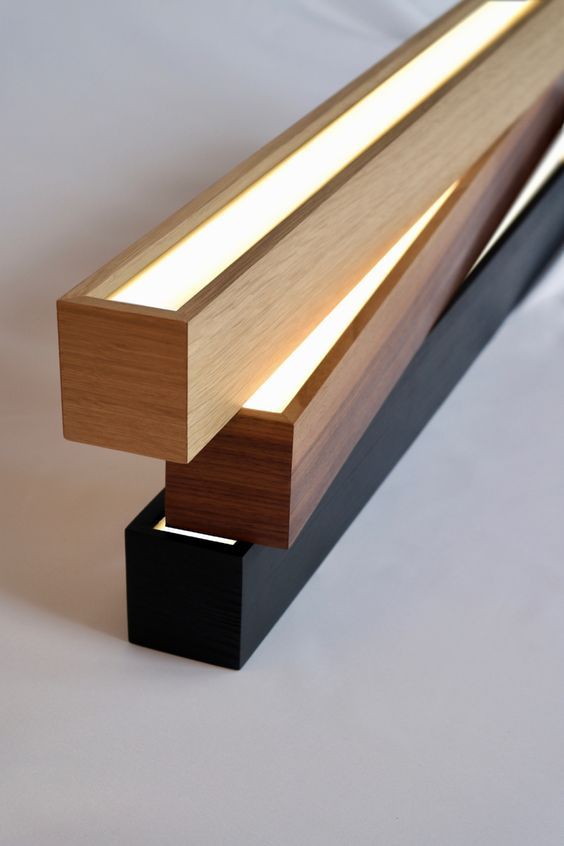Customized Wooden Light
let's collaborate With Lighting Solution
Customized Wooden Light
Theme and Style: Determine the overall theme and style of the interior space where the wooden light will be placed.
Functionality: Identify the specific purpose of the wooden light within the space. Will it serve as ambient lighting, task lighting, or a decorative accent?
Shape and Form: Consider the shape and form of the wooden light fixture. It could be a sleek pendant light, a sculptural table lamp, or a geometric floor lamp.
Wood Selection: Choose the type of wood that aligns with the desired aesthetic and complements the interior design scheme. Consider factors such as grain pattern, color, and texture. Popular choices include oak, walnut, maple, and cherry, each offering unique characteristics that can enhance the overall appeal of the light.
Detailing and Finishing: Pay attention to the details to add depth and character to the wooden light. Incorporate subtle embellishments, such as carved motifs, engraved patterns, or inlays, to create visual intrigue.
Integration of Lighting Components: Integrate the lighting components seamlessly into the design of the wooden light. Conceal wiring within the structure or incorporate it as part of the aesthetic appeal, depending on the desired look.
Placement and Proportion: Consider the placement and proportion of the wooden light within the space. Ensure that it is proportionate to the size of the room and complements other elements such as furniture and decor.
Customization: Embrace the opportunity to customize the wooden light according to specific preferences and requirements.

Creating a Customized
Wooden Light
Design Conceptualization
Begin by conceptualizing the design of the wooden light, considering factors such as its purpose, style, and dimensions. Sketch out the design to visualize the final product and ensure it aligns with the desired aesthetic and functionality.
Material Selection and Preparation
Choose high-quality wood that complements the design and fits the intended use of the light. Prepare the wood by cutting it to size and shaping it according to the design specifications. Additionally, gather all necessary electrical components required for the light fixture.
Construction and Assembly
Assemble the wooden components according to the design plan, ensuring precision and attention to detail. Incorporate features such as joinery techniques, carving, or engraving to enhance the aesthetic appeal of the light.
Finishing and Testing
Sand the wooden surfaces to smooth out any imperfections and apply a finish or stain to protect and enhance the natural beauty of the wood. Test the electrical connections to ensure they are functional and safe.
Saifi Design's Exquisite Exterior Lighting Solutions

Exterior Wall Lighting

Exterior & Elevation

